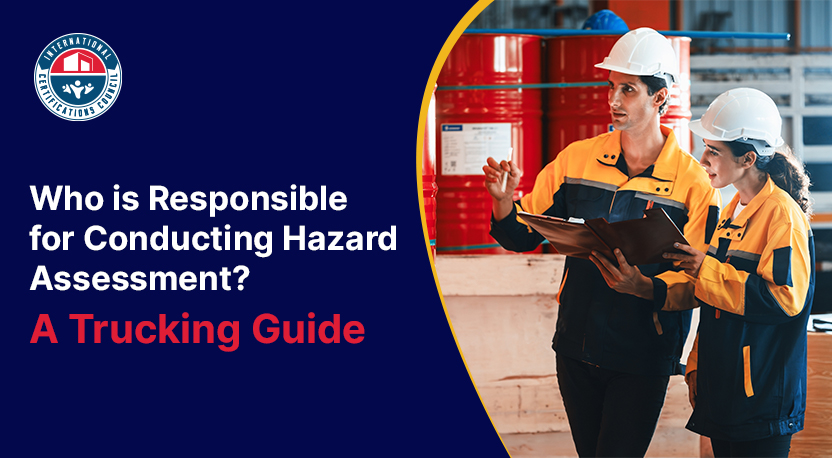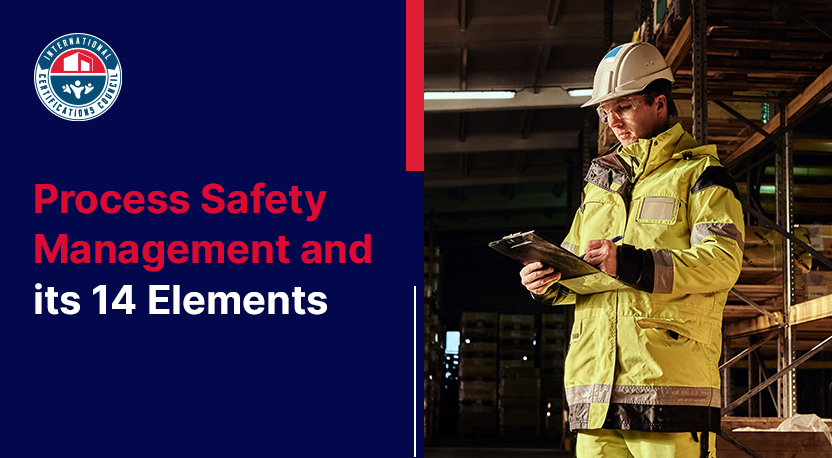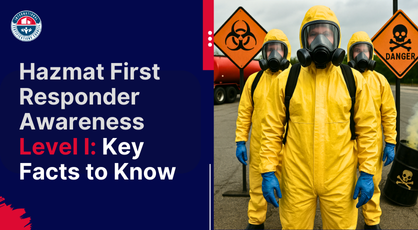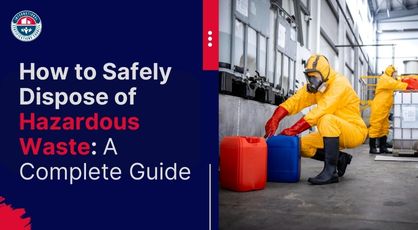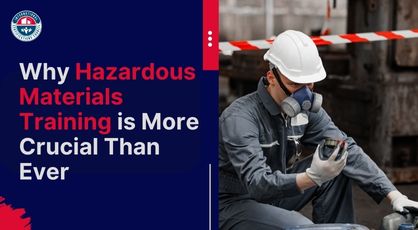Hazardous materials transport can easily be one of the most intimidating subjects of discussion. You have to be extra careful here because as the name suggests, these materials pose a definite and clear hazard. According to the Federal Motor Carrier Safety Administration, there are currently 9 classes that these dangerous goods are defined under.
Different Hazard Classes:
- Explosive materials
- Flammable items
- Compressed gases
- Reactive materials
- Oxidizers
- Organic peroxides
- Poisonous materials
- Radioactive substances
- Corrosive items
The Department of Transportation defines hazardous material as any substance or material that the secretary of transportation has determined already to be capable of posing an unreasonable risk to the health, safety, or well-being of a person, environment, or property. These risks become even more evident when the materials in question are being transported from one location to another. These can be waste items, marine pollutants, or any other substance that can be very dangerous or explosive at elevated temperatures. You just saw the list above.
And yes, there are certain other substances as well such as fireworks, lithium batteries, dry ice, paint, gasoline-powered engines, machinery, and lighters as well that can be categorized as dangerous goods. Again, a lot of them might fall under the category of hazardous materials defined by the Federal Motor Carrier Safety Administration and the Department of Transportation.
Every hazardous material defined under these nine hazmat classes requires special measures to be put in place when you are trying to transport them. Regardless of the distance that these dangerous goods need to travel, there are certain safety and precautionary measures that you are required to uphold for the safety of your personnel, drivers, supervisors, package handlers, and every employee who comes in contact with these materials directly. In the following section, let's discuss how to transport these hazardous materials safely and without risking any injury or harm to anyone.
1. Begin By Classifying The Hazardous Material
Start by creating a product safety sheet for everyone in your company who is handling these dangerous materials. According to the law, you can also ask the suppliers of these chemicals and substances to provide you with up-to-date safety data sheets. This documentation is important because it guides you and your employees on how to handle the hazmat substances and what precautions to follow in case of any leaks. There are rules and regulations related to hazard management, PPE use, clean-up procedures, and a lot more. All of this information proves to be extremely helpful when classifying materials and determining safety protocols.
2. Focus Extremely Well On The Packaging
The packaging of these hazardous materials is always going to matter the most. This is the only barrier between the risk that is contained in these containers and the people handling these substances. Part 173 of 49 CFR talks about general requirements that are applicable to hazardous material packaging. You should be aware of it properly before you start transporting hazardous materials. Some of them can be stored in drums while others are required to be contained in aluminum, plastic, or other boxes and packaging that do not react with these substances.
3. Choose The Correct Method Of Transport
All the hazardous materials or dangerous goods that you want to transport should be conveyed using the most appropriate transportation method. Some of these materials can be extremely sensitive to movement. A lot of these can react to increased humidity, temperature changes, and condensation as well. Therefore, it is going to matter a lot as to what kind of transport you choose for each of them. The correct method of transportation is going to ensure that when you transport different kinds of materials together, they do not end up mixing or reacting with each other resulting in any exposure or explosion while they are in transit. This helps you prevent any kind of accidents, injuries, and casualties.
4. Consider Making Hazmat Transportation Specialists
Hazardous materials transport can be very tricky. You are going to need special qualifications from the US Department of Transportation to be able to initiate such operations. There are certain training modules that your drivers and safety-sensitive position holders will have to sit through and excel at. You will have to impart them with appropriate and in-depth safety training, security, and evacuation protocols, among many other transportation laws that govern the movement of hazardous materials directly. This means that you will have to make hazmat transportation specialists out of your regular employees and drivers who come in direct contact with hazardous materials and are responsible for their transfer from one location to another.
5. Device An Emergency Plan
As a result of this training mentioned above, your staff members, employees, handlers, drivers, and supervisors will be able to imbibe the necessary skills that will allow them to come up with the most appropriate and practical emergency plans. These emergency plans are helpful when they are confronted with an unexpected leakage. For example, if any team members or the general public is exposed to any such hazardous materials or gases, your personnel will be in a strong position to activate that emergency plan and ensure the evacuation of the area before that leak harms those people and the environment as well. They will be able to inform the authorities and other governing bodies in time so that the area can be quarantined and the threat or exposure can be contained.
6. Put In Enough Quantities Of PPE Kits
You will have to invest enough in personal protective equipment for all your employees, especially the staff members who handle hazardous materials and containers directly. Pay attention to the critical guidelines issued by the Occupational Safety and Health Administration. They have several rules and regulations related to the selection of a PPE kit and its usage for all your hazmat employees.
7. Safe Storage Of Hazardous Materials
Of course, there are guidelines related to the storage of these hazardous materials as well. Certain areas in your facility would have to be kept very well-ventilated. Others will have to be kept away from any kind of moisture and sudden temperature changes. All in all, the storage of any hazardous material needs to be made highly adequate and suitable for the kind of material you intend to store. The access has to be limited and the atmospheric conditions need to be stabilized if you want to ensure that the substance does not catch fire, deteriorate, explode, evaporate, or leak into the environment resulting in irritation or other harmful impact.
Conclusion
At the end of the day, it is important to understand just how critical the responsibility of transporting hazardous materials is. As a driver, a motor carrier, a transport company, a supervisor, or even the manufacturer of any hazardous material, it is your prerogative to understand the risks involved. These risks need to be managed at every level. Every entity that deals with hazardous materials transport even if it is in the smallest capacity should be aware of these rules and must ensure the safety of everyone involved


